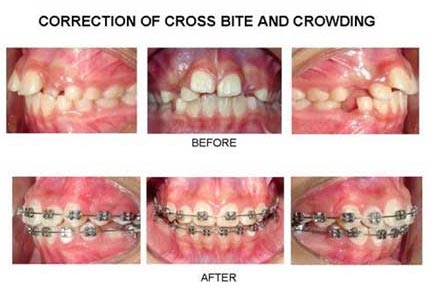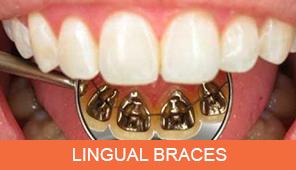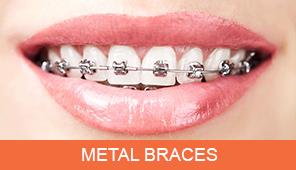Are you self-conscious about your smile due to crooked, misaligned, or overcrowded teeth? Do you experience discomfort or difficulty while eating or speaking because of your dental issues? If so, orthodontic treatment may be the solution you need to achieve a beautifully aligned and healthy smile.
What is Orthodontic Treatment?
Orthodontic treatment is a specialized branch of dentistry that focuses on correcting the alignment of teeth and jaws. It involves the use of various appliances, such as braces and aligners, to move teeth into their ideal positions, creating a harmonious bite and an aesthetically pleasing smile. Orthodontic treatment not only enhances the appearance of your teeth but also improves their functionality and overall oral health.









